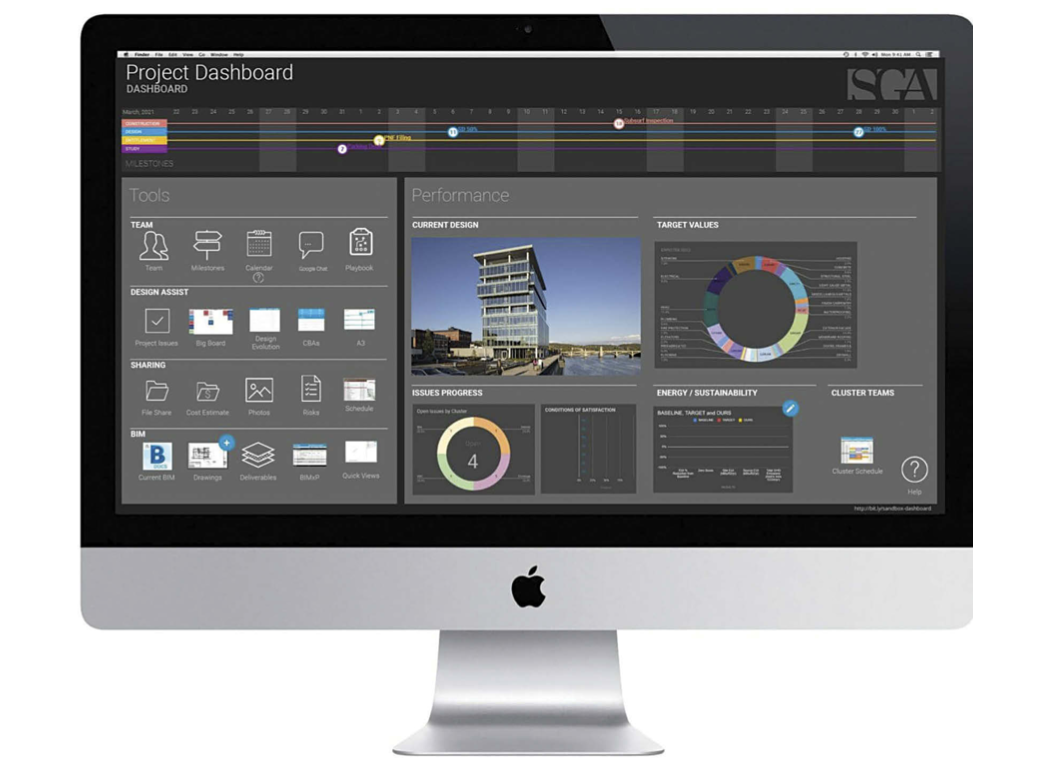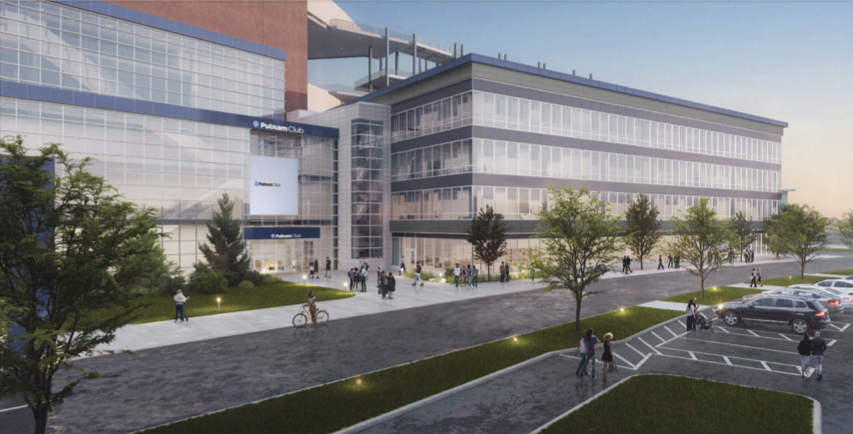As a result of the pandemic, global supply chain issues and inflation rates have led to significant delays in design, architecture, and construction. Yet, now more than ever, architects are being called on to deliver more complex buildings with shorter delivery schedules while remaining on time and within budget.

As a result of the pandemic, global supply chain issues and inflation rates have led to significant delays in design, architecture, and construction. Yet, now more than ever, architects are being called on to deliver more complex buildings with shorter delivery schedules while remaining on time and within budget. As the industry adjusts to these new circumstances – and the fear of how significant material shortages impact our designs – what has become increasingly evident is that there must be a tightly orchestrated approach between all partners to ensure the seamless planning and execution of a project from the very beginning. By employing this strategy, the Spagnolo Group Architecture (SGA) team recently accomplished a seemingly impossible feat: completing construction on a project in just six months that would typically have taken over two years.
SGA was tapped to work on the latest addition to Gillette Stadium in Foxboro, Massachusetts. Intended to be a multi-purpose space for the New England Patriots, International Forest Products, and parent company The Kraft Group, the team was tasked with designing and building the first phase of a new, four-story mixed-use building.
However, this 120,000-square-foot facility came with its challenges: it had to be built between the New England Patriots’ football seasons and operational by the time fans walked into the stadium for the start of the 2022 NFL season.
Faced with this incredible opportunity, the SGA team understood they had to defy the odds to meet the project’s lofty goals. So, to help drive the design and coordination process to ensure that phase one was completed on time, the firm implemented the SGA Dashboard – a proprietary program and companion tool to its Virtual Design + Construction (VDC) arm, which was developed in recent years. This digital platform functions as a hub to manage projects from concept to completion. Essentially, it bridges the gap between design and construction before the project even begins, opening more effective project planning pathways to line up numerous timelines and priorities. In addition, it resolves issues or questions that often come up between teams later (that can stall the process by weeks or months) and allows planning for and ordering material and equipment much earlier than in typical projects.

While unconventional, this approach creates a more seamless design and communication process by integrating the essential element in design – the relationship among human beings – with advanced technologies. In addition, this proprietary tool allowed the team to make decisions in real-time when faced with constantly shifting construction challenges such as supply chain constraints, moving timelines, and project changes for this ultra-speed-to-market project. It also helped SGA and the project team evolve the overall design correspondence of the project and track all decision-making in one place. As a result, the team was able to be proactive and collaboratively address issues, preventing them from taking place on the job site.
For example, SGA ordered the steel and MEP equipment very early to account for the current material shortages. In fact, it was decided to order steel even before it was clear what the length of each piece needed to be. While this could have been a major risk, that risk was mitigated by displaying the types of steel sections needed in the design at an early stage, along with a rough estimate of the total amount. This way, the actual cutting of steel could happen at the fabricator’s shop once the construction documents were finalized. Similarly, the significant wait time for HVAC equipment posed another risk to the timeline. To account for this, the SGA Dashboard allowed the engineers and HVAC experts to work together to figure out how much cooling the building would require way ahead of time compared to a typical project, allowing them to order the materials so they would arrive right on schedule.
In designing this facility, the team worked with the stadium’s original architecture and interior building flow. Maintaining the integrity and capacity of the structure was critical to the overall vision and design of the process, especially when accounting for any potential changes that may arise. This particularly came in handy when, during construction and after the majority of the building had been erected, the client requested that the building be flexible to accommodate more floors. In a traditional project, a change at that stage would have presented a major disruption, but the SGA team leaned on VDC and its tools to tweak the foundation and structure. In doing so, they could accommodate several additional floors should the client choose to pursue this option in the future.
Overall, the months of using the intensive planning and coordination platforms reaped huge benefits, allowing the project to move swiftly without any unanticipated delays or any objections from subcontractors regarding material selections down the line. The SGA team also achieved substantial cost savings, schedule reductions, and the elimination of on-site waste across the board. As a result, the building was substantially complete and issued its certificate by the Patriots’ first preseason game in August 2022, just six months after it broke ground.

Discovering and inventing new technologies that enhance project outcomes is part of SGA’s DNA, so it is beyond encouraging to see how architects, and others in the building industry, can utilize these evolving platforms to elevate their role in project delivery. So far, SGA has collaborated with over 170 professional companies on project dashboards, including 11 other architectural practices, 46 owner organizations ranging from institutional to commercial development, and various consultants and owners. In doing so, they are finding that the right tools and implementations of thoughtfully-created execution success plans are effectively taking confrontation out of the team dynamic while directly addressing the issues of waste, change orders, and cost overruns. As a result, the project delivery process is shifting from adversarial to cooperative and from inflexible to fluid and efficient, resolving problems that have hampered the industry since its inception. By leaning on VDC to improve the process behind complicated projects and building rapport between parts of a team that are often siloed, a new reality for the industry can be presented: one that effectively brings design and construction together. ■
